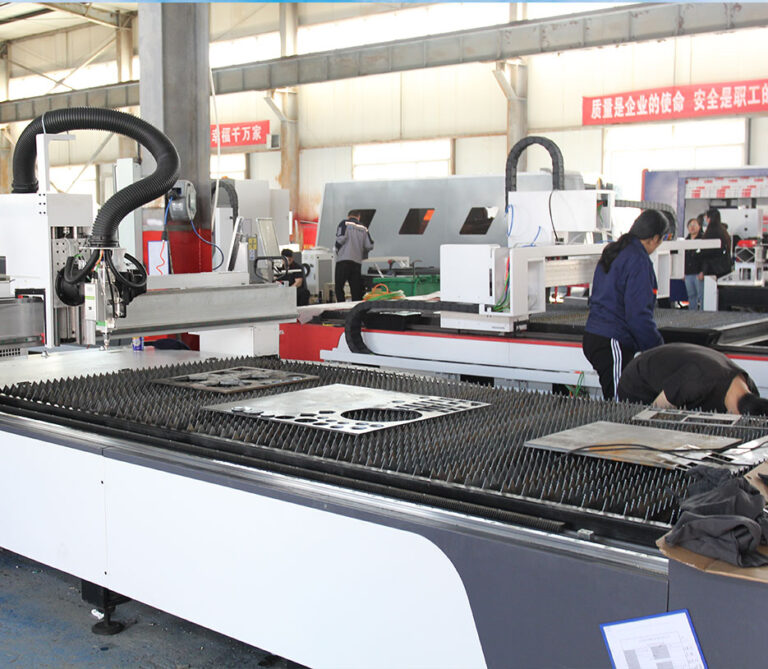In the world of precision manufacturing, handheld laser welding machines have revolutionized the way we join metals. However, mastering this technology requires more than just technical proficiency—it demands breaking bad habits that can hinder efficiency and quality. Here are 10 essential tricks to help you optimize your handheld laser welding machine usage:
1. **Calibration Consistency**
Ensure your handheld laser welding machine is properly calibrated before each session. Inconsistent calibration can lead to subpar welds and wasted materials.
2. **Precision Positioning**
Position your workpieces accurately under the laser beam. Even slight misalignment can affect weld quality and weaken joints.
3. **Optimal Power Settings**
Adjust the laser power settings according to the thickness and type of metal being welded. Experiment with different settings to find the optimal balance between penetration and heat input.
4. **Clean Optics Regularly**
Keep the laser optics clean and free of debris. Dirty optics can scatter the laser beam, reducing its effectiveness and accuracy.
5. **Controlled Pulse Duration**
Practice controlling the pulse duration to achieve consistent weld bead formation. Rapid or erratic pulses can result in uneven welds.
6. **Proper Shielding Gas Usage**
Use shielding gas appropriately to protect the weld area from atmospheric contamination. Improper gas flow rates or coverage can lead to weld defects.
7. **Preventive Maintenance**
Implement a regular maintenance schedule for your handheld laser welding machine. This includes checking for worn parts, lubricating components, and verifying system alignments.
8. **Operator Training**
Invest in comprehensive training for operators to ensure they understand the intricacies of the handheld laser welding machine. Well-trained operators are key to minimizing errors and maximizing productivity.
9. **Monitor Environmental Conditions**
Welding in a controlled environment minimizes the impact of external factors like humidity and temperature fluctuations, which can affect weld quality.
10. **Document Best Practices**
Keep a record of successful welding parameters and techniques. Documenting best practices allows for continuous improvement and consistency in future projects.
By adopting these 10 tricks, manufacturers can significantly enhance the performance and longevity of their handheld laser welding machines. Breaking bad habits and embracing these practices will pave the way for superior weld quality, increased efficiency, and ultimately, greater customer satisfaction.
Whether you’re a novice or seasoned professional, integrating these tips into your workflow ensures that your handheld laser welding operations remain at the forefront of precision engineering. Mastering these tricks not only optimizes current projects but also sets the stage for tackling more complex welding challenges in the future.



